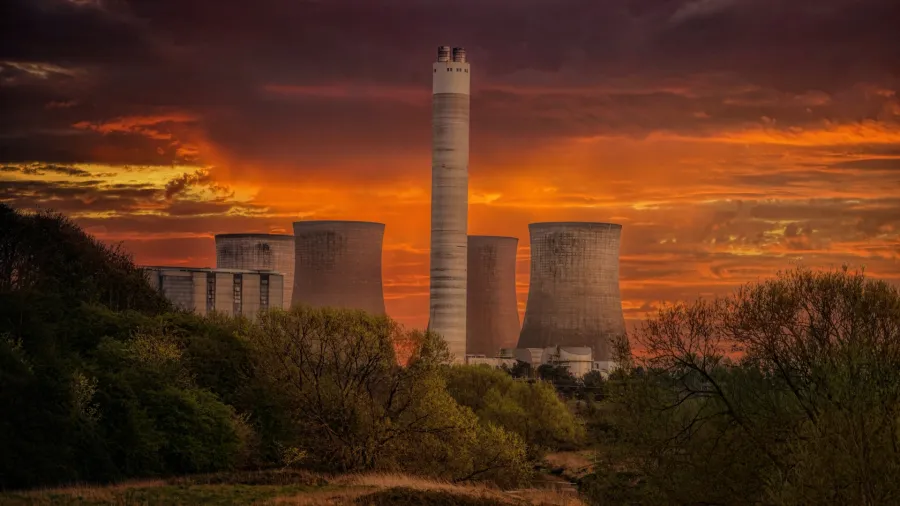
High cost hinder uptake of nuclear, small modular reactors: report
Nuclear capacity is poised to increase by 280GW by 2050.
The high cost of developing new nuclear energy technology as well as small modular reactors (SMRs) may hinder its uptake, Wood Mackenzie reported.
This is despite improvements in policy support for nuclear power and its market growth.
“The nuclear industry will have to address the cost challenge with urgency if it is to participate in the huge growth opportunity that low-carbon power presents. At current levels, the cost gap is just too great for nuclear to grow rapidly,” David Brown, Director, Energy Transition Service at Wood Mackenzie, and lead author of the report said.
Read more: SMRs may deliver their climate promise too little, too late
Brown noted that scaling up SMRs will depend on how fast its cost will fall to a level competitive to other low-carbon power sources.
Wood Mackenzie data showed that conventional nuclear power has a levelised cost of electricity that is at least four times more than wind and solar.
“To get around cost concerns, SMRs are designed to be modular, factory assembled and scalable,” the report read.
“They are expected to be quicker to market, with a target construction time of three to five years compared with the ‘nameplate’ 10 years needed to build a large-pressurised water reactor (PWR).”
Citing Wood Mackenzie projections, it was found that if costs fall to US$120 per megawatt hour (MWh) by 2030, SMRs will be competitive with nuclear PWRs, gas and coal in some parts of the world.


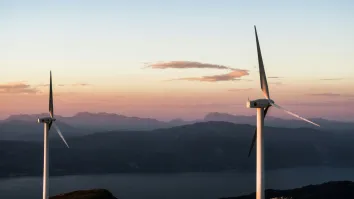
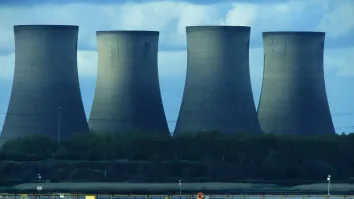
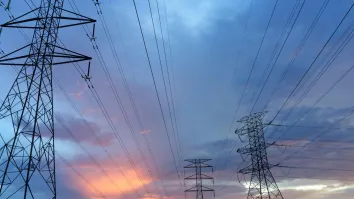
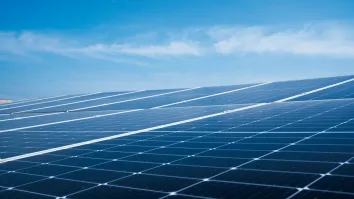




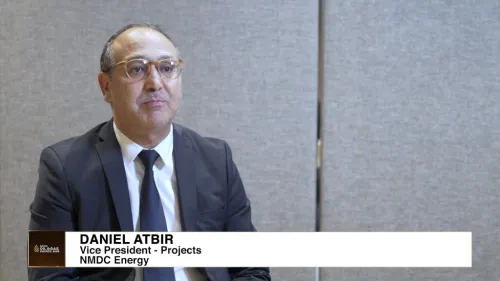








 Advertise
Advertise







